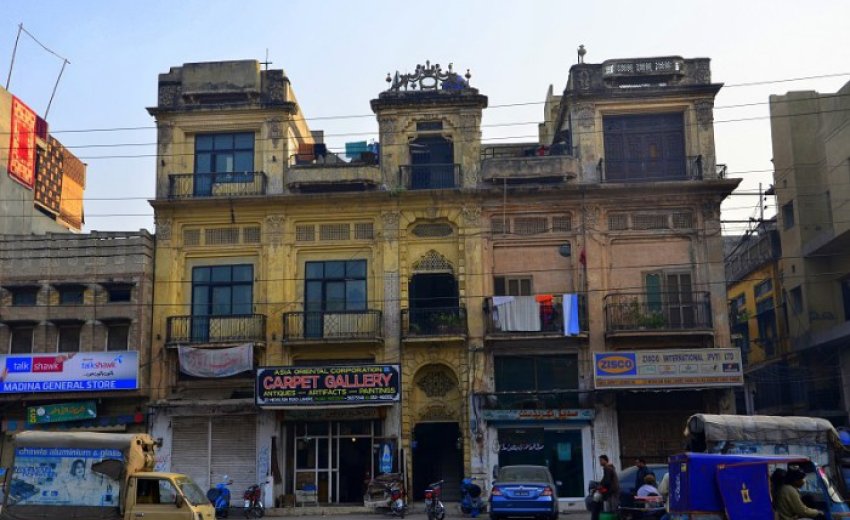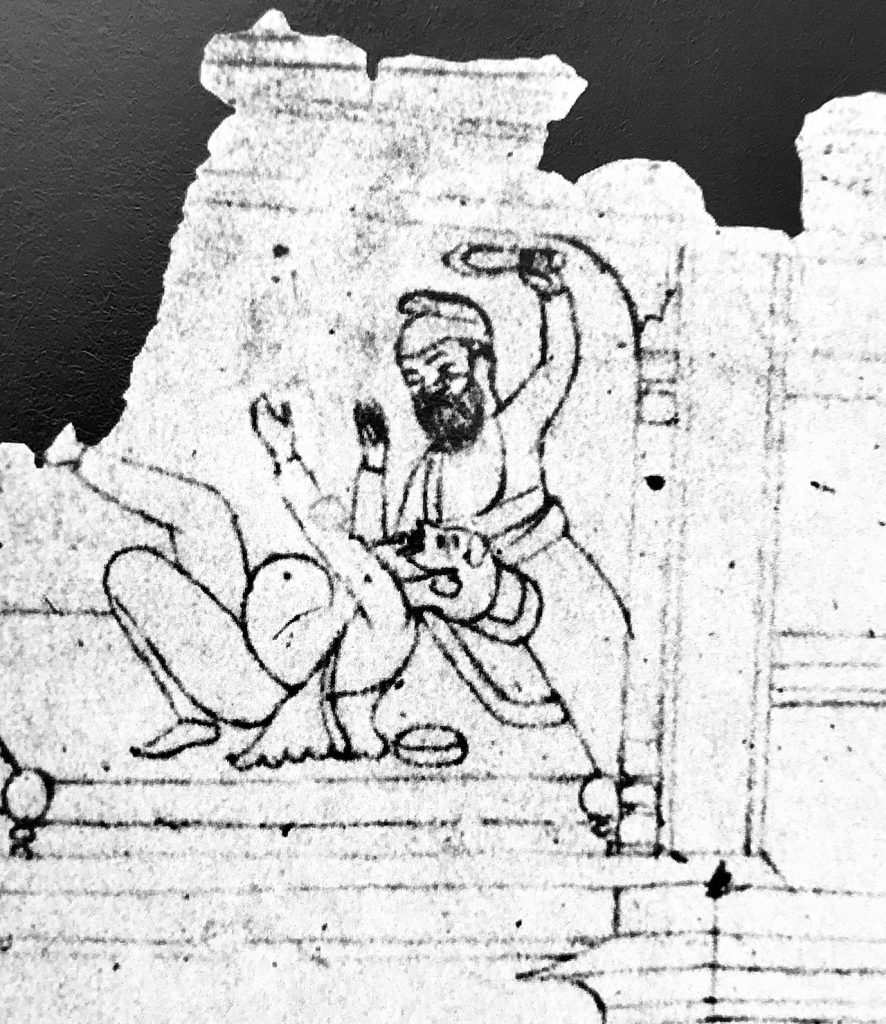Explore the distinguished career of Mota Singh, Sardar Bahadur, in Maharaja Ranjit Singh's service and his contributions during the Anglo-Sikh wars.
Explore Nand Gopal's legacy, evolving from a Sikh government clerk in 1840 to a prominent 1st-class Deputy Inspector in Delhi. Discover his family's rich history.
Discover Qila Gujjar Singh, Lahore's historical gem, where ancient forts meet modern infrastructure. Learn its legacy of Bharigi rulers today.
Discover Amar Singh's journey from police officer to key figure in the Gurdwara reform movement advocating for Sikh rights and religious freedom.
Explore the legacy of Suchcha Singh, a dedicated activist and martyr of the Gurdwara Reform movement, who sacrificed his life in the Jaito Morcha.
BABAR AKALI MOVEMENT, a radical outgrowth of the Akali movement for the reform of Sikh places of worship during the early 1920\'s. The latter, aiming to have the shrines released from the control of priests who had become lax and effete over the generations, was peaceful in its character and strategy. In the course of the prolonged campaign, Akalis true to their vows patiently suffered physical injury and violence at the hands of the priests as well as of government authority.
Discover Zakariya Khan's harsh policies against Sikhs, his temporary truce, and relentless efforts to vanquish them amid Sikh resistance in 18th century India.
BHAGAT SINGH (1907-1931), revolutionary and martyr, was born on 27 September 1907 at the village of Banga, Lyallpur district (now in Pakistan) the second son of Kishan Singh and Vidya Vati. Bhagat Singh was imbued from childhood with the family`s spirit of patriotism. At the time of his birth, his father was in jail for his connection with the Canal Colonization Bill agitation, in which his brother, Ajit Singh (Bhagat Singh`s uncle), took a leading part. Through his father, who was a sympathizer and supporter of the Ghadr campaign of 191415, Bhagat Singh became an admirer of the leaders of the movement.
- 1
- 2




